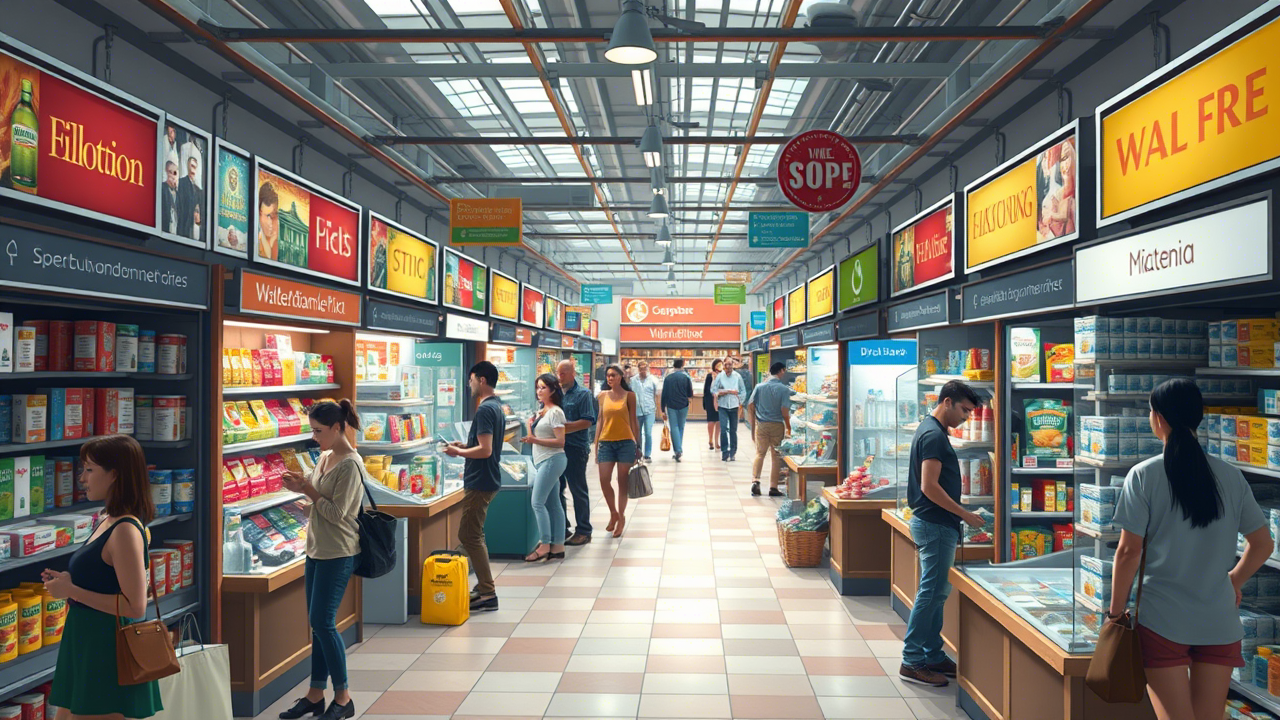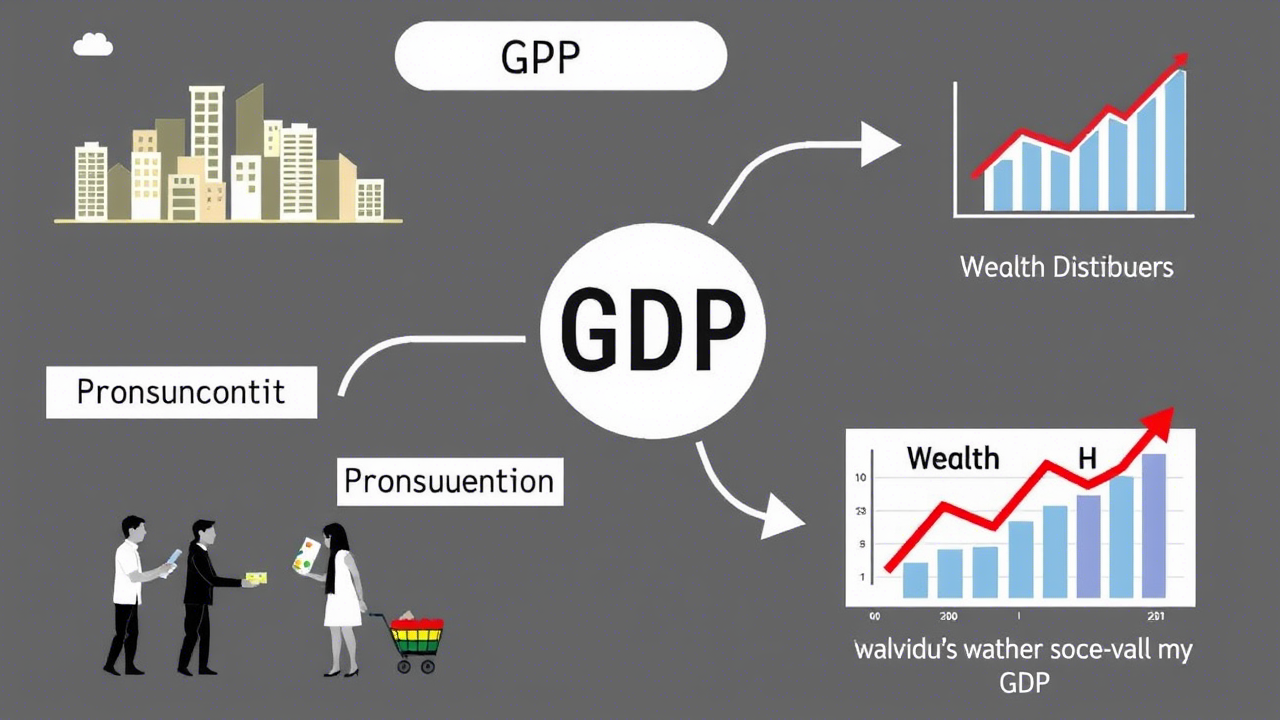
And why there are so many coffee shops? Or so many clothing brands? It’s all about monopolistic competition. This kind of market is everywhere around us. Monopolistic competition, which means, in short, there are a lot of firms but their products are not identical. New firms also find it fairly easy to start up or exit. We’ll break down monopolistic competition, its effects, and why it matters to consumers and businesses alike.
What Is Monopolistic Competition?
Monopolistic competition is a unique one of its own. There are several different companies that are competing, but the product is slightly different with each one. Consider your go-to pizza spot versus another one down the street a few blocks away. They’re both pizza but not, you know, the same.
Core Characteristics
Monopolistic competition is characterized by several features. Essentially the common feature is a large number of firms. By “large” in this case, we are referring to the fact that there are enough firms that there cannot be a single one that possesses monopoly. There are also differentiated products. This is one of the most important things. Firms sell similar but not perfect substitutes. Third, there are low exit and entry barriers. Any company pricing, entry and exit is relatively easy.
Comparison with Other Market Structures
Monopolistic competition is different from any other form of the market structure. In perfect competition, all goods are identical. In a monopoly there is a single seller. Oligopoly has few huge players. Each form imprints itself on pricing and competition.
Businesses Competing in Monopolistically Competitive Markets
There are certain strategies which firms use in order to excel. Let us see those strategies. By now, you a customer competing for your attention
Strategies of Product Differentiation
There are several ways to differentiate the products offered by a company. Advertising and branding create uniqueness. Customers are attracted by higher quality or specialty attributes. Accessibility and location are significant matters. Customer service generates loyal customers too.
Pricing and Output Decisions
In monopolistic competition, firms do have some degree of control over price. That’s why they have a downward sloping demand curve. If their prices are too high, they lose buyers. But firms, like everyone else, make profits where marginal revenue equals marginal cost. They discover that equilibrium between price and quantity.
Big Picture: Efficiency and Welfare Implications
How is this market structure efficient? It turns out, it isn’t perfect. Now, remember productive and allocative inefficiency and product variety.
Productive Inefficiency
Firms in such markets don’t produce at the lowest possible cost. That’s productive inefficiency — efficient inefficiency. They may produce goods cheaper, but they don’t.
Allocative Inefficiency
Price is likely higher than it costs to produce an extra unit. That is, people buy fewer units than are best for society. It’s allocative inefficiency.
Advantages of Variety of Products
Even with these inefficiencies, you have a lot of options. Product differentiation provides you with plenty to choose from. More choices has the power to make you overall happier. That is a huge benefit to this form of market.
Real Life Examples of Monopolistic Competition
Where do you see this type of competition? It’s everywhere. Let’s review some common examples you might still be accustomed to.
Restaurants and Coffee Shops
I can see all the restaurants and coffee shops. They vie with each other in taste, ambiance, and service. Each is something a bit different. This is pure monopolistic competition.
Clothing and Apparel
Fashion labels differentiate through style, quality, and marketing. Some compete on luxury. Others on cost. This industry produces a fantastic variety.
Beauty Services and Hair Salons
Cosmetology: Beauty shops and hair salons are local competitors. They lure customers with location, experience and reputation. Both have a slightly different experience.
Conclusion
There are many firms in monopolistic competition. It also has low entry barriers and differentiated products. The consumer and entrepreneur both need to comprehend it. There is a lot of product variation in the market. Remember, there can be some inefficiencies as well.



